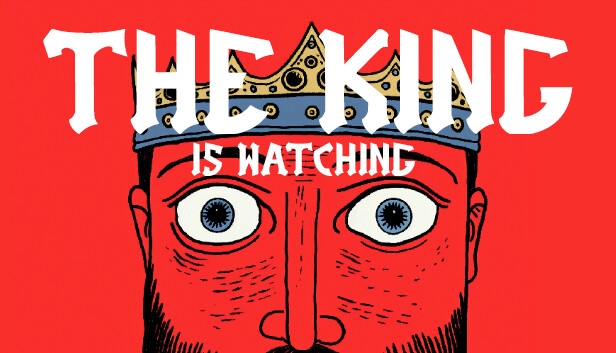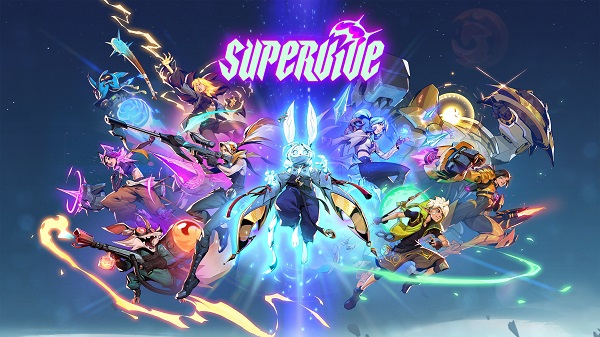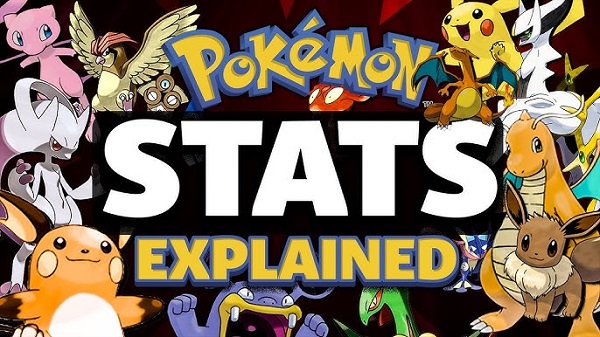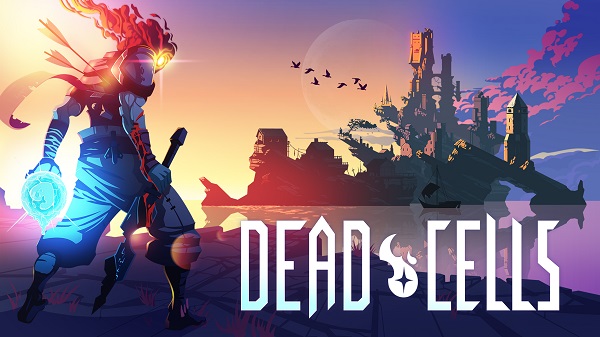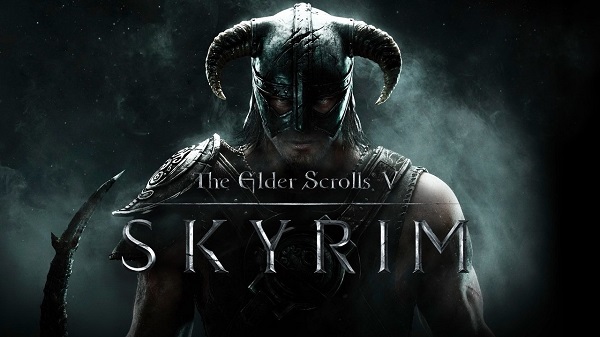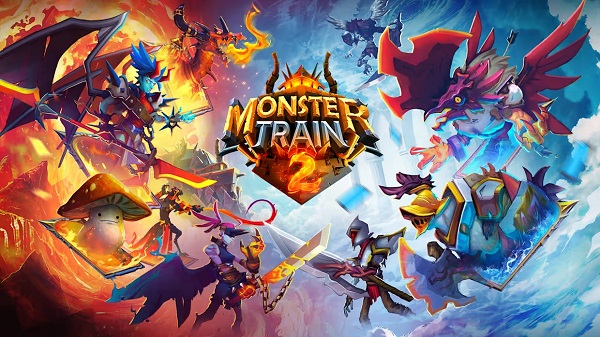Since its launch in 2009,
League of Legends has become a cornerstone of the esports world and a staple in the gaming community. Developed by Riot Games, this multiplayer online battle arena (MOBA) game has attracted millions of players globally, thanks to its strategic gameplay, diverse champion roster, and competitive nature. This article delves into the origins of
League of Legends, its gameplay mechanics, the evolving esports scene, community engagement, and more. We will also analyze the pros and cons of the game, providing an overall rating at the conclusion.
The Origins of League of Legends
Development and Initial Release
League of Legends was conceived by Brandon Beck and Marc Merrill, who aimed to create a game that built upon the success of
Warcraft III’s Defense of the Ancients (DotA) mod. The game entered closed beta in 2009, allowing players to test its mechanics. It officially launched on October 27, 2009, quickly gaining a dedicated player base.
Rapid Growth and Popularity
From its early days,
League of Legends experienced explosive growth. The game's free-to-play model, combined with its engaging gameplay and regular updates, allowed it to attract millions of players. By 2013,
League of Legends had become the most-played PC game in the world, a title it has maintained ever since. The game's accessibility, coupled with its depth, appealed to both casual and competitive gamers.
Gameplay Mechanics
Core Gameplay
At its core,
League of Legends is a team-based strategy game where two teams of five players compete to destroy the opposing team's Nexus, located within their base. Players select champions, each with unique abilities and roles, and work together to gain control of the map. The strategic depth of the game comes from champion selection, teamwork, and in-game decision-making.
Map Design and Objectives
The main map, Summoner’s Rift, features three lanes (top, mid, and bottom) and a jungle area. Each lane is defended by turrets, and players must work together to push down these lanes, secure objectives like dragons and Baron Nashor, and ultimately destroy the enemy Nexus. The map design encourages strategic planning and coordination among teammates.
Champion Diversity
Roles and Classes
League of Legends boasts a diverse roster of champions, each categorized into different roles:
- Top Lane: Typically features tanks or bruisers who absorb damage.
- Mid Lane: Often includes mages or assassins who deal high burst damage.
- ADC (Attack Damage Carry): Positioned in the bottom lane, these champions deal sustained damage.
- Support: Assists the ADC and provides utility to the team.
- Jungle: Roams the map to secure objectives and ambush enemy champions.
This diversity allows for various team compositions and strategies, keeping the gameplay fresh and exciting.
Champion Abilities and Items
Each champion has a unique set of abilities that define their playstyle. Players must learn how to effectively use these abilities in combination with items purchased during the game. Itemization adds another layer of strategy, as players must consider which items will best enhance their champions' strengths and counter their opponents' weaknesses.
The Evolving Esports Scene
Rise of Competitive Play
League of Legends has played a pivotal role in the rise of esports as a mainstream entertainment form. The annual League of Legends World Championship attracts millions of viewers, showcasing the top teams and players from around the globe. The competitive scene has grown exponentially, with numerous leagues and tournaments held throughout the year.
Professional Leagues and Organizations
Various professional leagues, such as the LCS (League Championship Series) in North America and the LEC (League of Legends European Championship) in Europe, have formed, providing a structured environment for teams to compete. These leagues feature franchised teams, allowing organizations to invest in talent and create fan bases around their teams.
Community Engagement
Player Community and Social Features
League of Legends has a vibrant player community, with forums, social media groups, and fan sites dedicated to sharing strategies, artwork, and commentary. The game encourages communication among players through in-game chat and voice communication, fostering teamwork and collaboration.
Events and Updates
Riot Games regularly hosts events and updates to keep the community engaged. Seasonal events often introduce new game modes, skins, and missions, allowing players to experience fresh content. The developers actively listen to community feedback, implementing changes based on player suggestions and concerns.
Monetization Strategies
Free-to-Play Model
League of Legends operates on a free-to-play model, allowing anyone to download and play the game without any upfront costs. This accessibility has played a significant role in its success, attracting a diverse player base.
In-Game Purchases
While the game is free to play, it offers in-game purchases for cosmetic items, such as champion skins, ward skins, and emotes. These purchases do not affect gameplay but contribute to the game’s revenue stream. The introduction of a Battle Pass system has also provided players with more ways to earn rewards.
The Evolution of League of Legends
Continuous Updates and Enhancements
Since its launch,
League of Legends has undergone numerous updates and enhancements. Riot Games regularly introduces new champions, balance changes, and gameplay mechanics to keep the game fresh and engaging. The developers are committed to refining the game based on community feedback, ensuring it evolves with the player base.
Future Prospects
Looking ahead,
League of Legends is poised to continue its growth and popularity. Upcoming updates and potential expansions may introduce new gameplay elements, champions, and features. Riot Games has also expanded its universe through spin-off games, animated series, and comics, further enriching the
League of Legends lore.
Pros and Cons of League of Legends
Pros
- Engaging Gameplay: The strategic depth and competitive nature keep players invested.
- Diverse Champion Roster: A wide variety of champions allows for unique gameplay experiences.
- Strong Esports Scene: The competitive landscape offers opportunities for fans and players to engage with the game.
- Regular Updates: Continuous improvements and new content keep the game fresh.
- Community Engagement: A vibrant community fosters collaboration and social interaction.
Cons
- Steep Learning Curve: New players may find the mechanics and strategies overwhelming.
- Toxicity Issues: Competitive environments can lead to negative interactions among players.
- Time-Consuming: Matches can be lengthy, requiring a significant time commitment.
- In-Game Purchases: Some players may feel pressured to spend money on cosmetics.
- Balance Issues: Regular updates can lead to imbalances in champion strength and gameplay.
User Experience and Community Feedback
Overall Experience
The overall experience of
League of Legends is largely positive, with players praising its depth, competitive nature, and community engagement. Many players appreciate the strategic gameplay and the opportunity to improve their skills over time. However, some concerns about toxicity and the steep learning curve persist.
User Ratings
Based on player reviews across various platforms,
League of Legends averages around 4.5 out of 5 stars. Many users commend its engaging gameplay and competitive environment, while others express concerns about community interactions and balance issues. This mixed feedback provides a balanced perspective on the game's impact.
Conclusion
In conclusion,
League of Legends has established itself as a monumental title in the gaming landscape since its launch in 2009. Its unique blend of strategic gameplay, diverse champion roster, and strong community has captivated millions of players worldwide. While the game has its pros and cons—ranging from engaging mechanics and competitive play to potential toxicity and balance issues—it remains a popular choice for both casual and dedicated gamers. As
League of Legends continues to evolve, it will undoubtedly remain a significant part of the gaming culture for years to come.





















